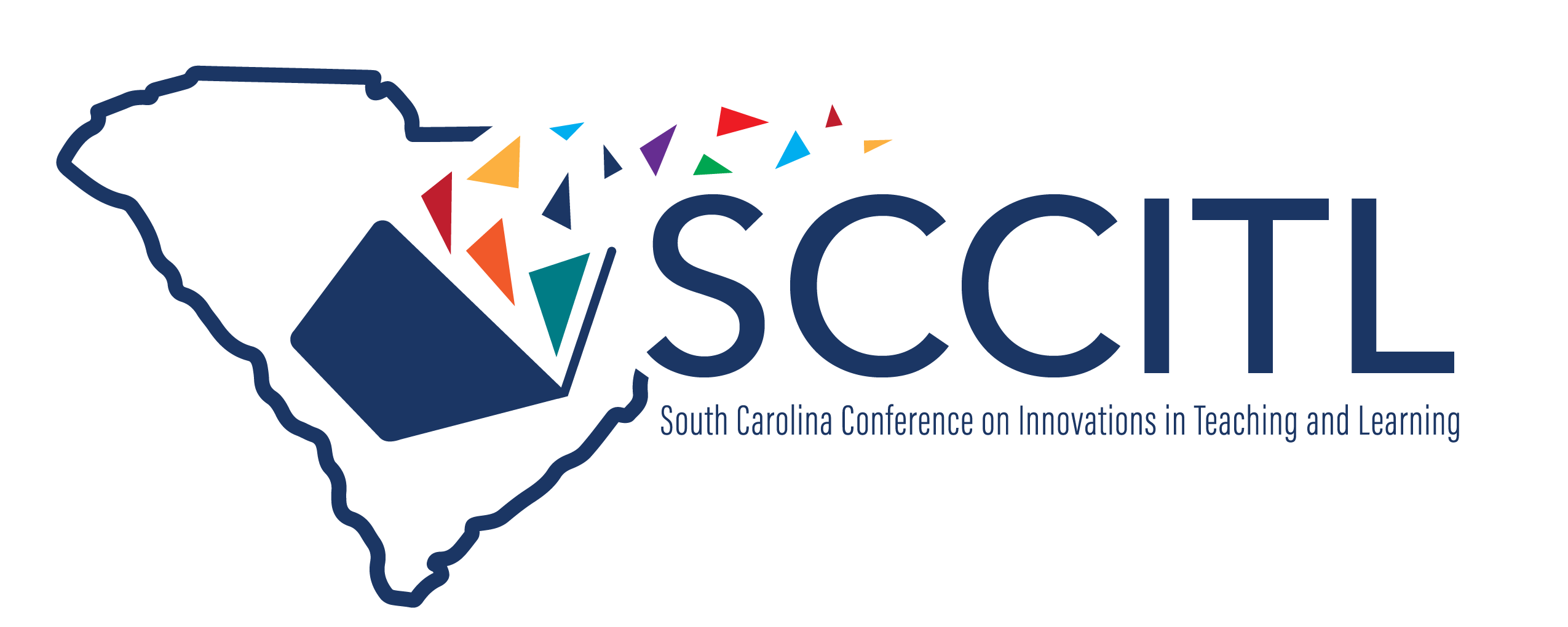Leadership Through Process Optimization During Challenging Times
Track Choices
Innovations in Organizational and Educational Development
Abstract
Assessment, academic success, and retention are at the forefront of higher education. When budgets and programs are systematically reduced, universities and colleges can face these challenges by applying process optimization techniques. Since the 1980s, businesses have been utilizing process optimization tools, such as Lean Six Sigma and Agile, in order to improve internal processes and build efficiencies. Once a problem or issue has been identified, institutional leaders must determine the most appropriate process optimization methodology. Successful outcomes require leadership teams that believe that process improvement is more than just a toolkit to solve problems or a collection of methodologies and processes. In times of crisis, such as a global pandemic, cross-functional teams within a higher education environment that are employing these techniques create direct change beyond a specific unit or department. When properly implemented, cross-functional teams generate useful data for outcome-driven decision-making and future projects. Project management, using tools such as Lean Six Sigma, and Agile, will then drive services, initiatives, and programs aimed at improving the entire institution. Process optimization enables leadership to open up a dialogue and uncover areas of improvement to facilitate a better experience for the campus community.
Leadership Through Process Optimization During Challenging Times
Zoom Room 7
Assessment, academic success, and retention are at the forefront of higher education. When budgets and programs are systematically reduced, universities and colleges can face these challenges by applying process optimization techniques. Since the 1980s, businesses have been utilizing process optimization tools, such as Lean Six Sigma and Agile, in order to improve internal processes and build efficiencies. Once a problem or issue has been identified, institutional leaders must determine the most appropriate process optimization methodology. Successful outcomes require leadership teams that believe that process improvement is more than just a toolkit to solve problems or a collection of methodologies and processes. In times of crisis, such as a global pandemic, cross-functional teams within a higher education environment that are employing these techniques create direct change beyond a specific unit or department. When properly implemented, cross-functional teams generate useful data for outcome-driven decision-making and future projects. Project management, using tools such as Lean Six Sigma, and Agile, will then drive services, initiatives, and programs aimed at improving the entire institution. Process optimization enables leadership to open up a dialogue and uncover areas of improvement to facilitate a better experience for the campus community.


